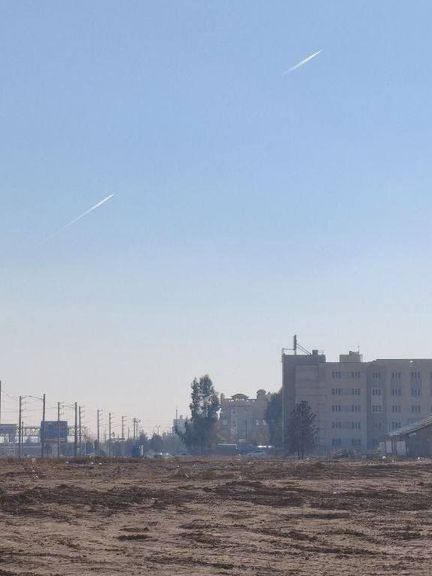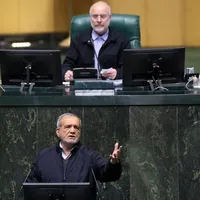The report appeared first on university channels and student groups, claiming that Iran's flagship institution of higher education had lifted the YouTube ban on its internal network, allowing direct access for "educational and research purposes."
Iran's communications regulator denied any formal directive or even plans for such move. But critics were unconvinced, not least because of Tehran's long record of quiet, selective exemptions.
Many activists, technologists and legal experts pointed out that the idea of selective access reinforces inequality by creating digital privilege for a small, already advantaged group.
Prominent jurist Mohsen Borhani described the concept as “a combination of internet apartheid and a control system.”
“Such class-based privileges gradually serve to justify the actions of anti-freedom controllers and their so-called councils,” he wrote on X.
Meshkat Asadi, CEO of the New Businesses Group, echoed the concern: “Allocating a higher level of access while the rest of society does not have it constitutes a form of class-based internet.”
Obstacles to digital freedom
For nearly two decades, initiatives such as “emergency internet for businesses” and “journalists’ internet,” along with unrestricted SIM cards for foreign tourists, have entrenched a divide in access based on occupation or status.
Such decisions are made by Iran’s Supreme Cyber-Space Council (SCC), formally chaired by President Masoud Pezeshkian but dominated by appointees of Supreme Leader Ali Khamenei and conservative bodies including the Revolutionary Guards and the Organization for Islamic Propagation.
This entrenched structure is widely seen as the key obstacle to any meaningful policy shift.
Abdolhossein Firouzabadi, the council’s former secretary said last week that at least ten members strongly oppose lifting major filters.
“The council’s composition should be reconsidered if we want to see real change in the country’s digital landscape,” he told moderate news-site Entekhab.
‘Fragmenting the nation’
Advocates of free access argue that those benefiting from such a system become complicit in the injustice imposed on the wider population.
“The authorities are fragmenting the nation into smaller and weaker groups in order to resist the collective will of the people,” Saeed Soozangar told tech outlet Zoomit.
Cybersecurity expert Vahid Farid told Zoomit that authorities appear to be considering limited openings to reduce the “growing damages caused by filtering,” even as they avoid a full reversal of the nationwide ban.
‘The right to learn’
Many also stress YouTube’s everyday educational value far beyond campuses.
“Someone may not have the opportunity to attend university, but they can learn through YouTube,” Pouya Pirhosseinlou of the Iranian E-Commerce Association pointed out on X. “When access to this resource is blocked, it effectively says: ‘You do not have the right to learn.’”
Legal advocacy group Dadban added that restricting online access endangers rights ranging from education to healthcare, employment, and a dignified life.
Internet-freedom collective Filterban asked: “If YouTube is safe and useful, why is it only good for a few universities? If it’s dangerous, why is it harmless for students but dangerous for ordinary people?
“ This isn’t reforming the filtering system,” the advocacy group said on X, “it’s the reproduction of discrimination in the digital age.”















